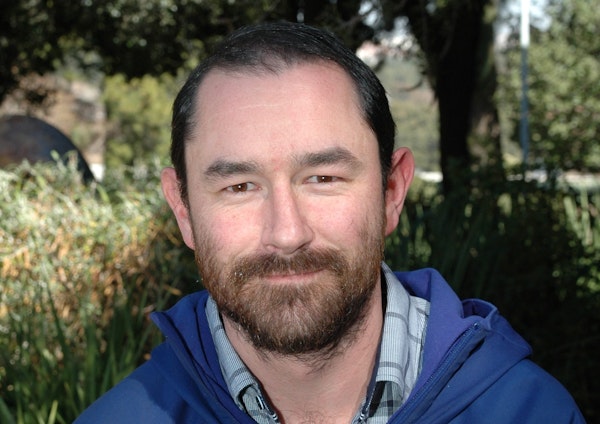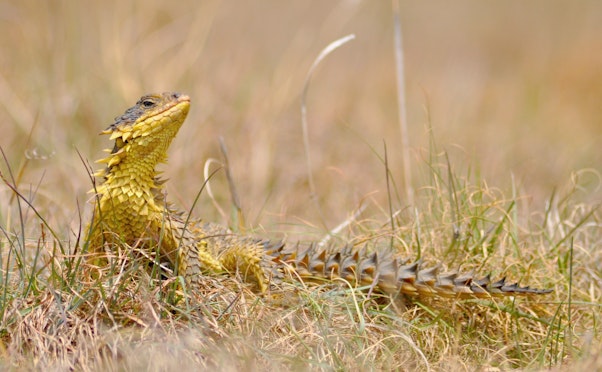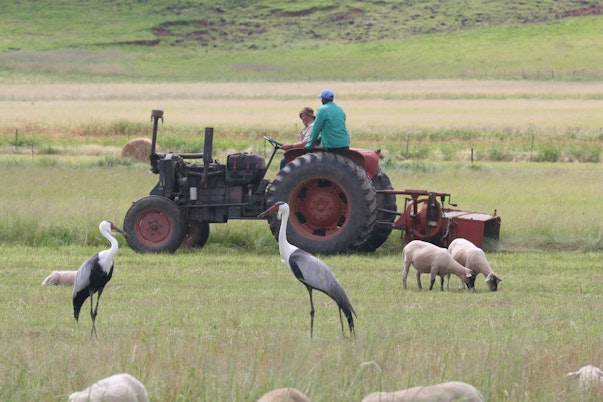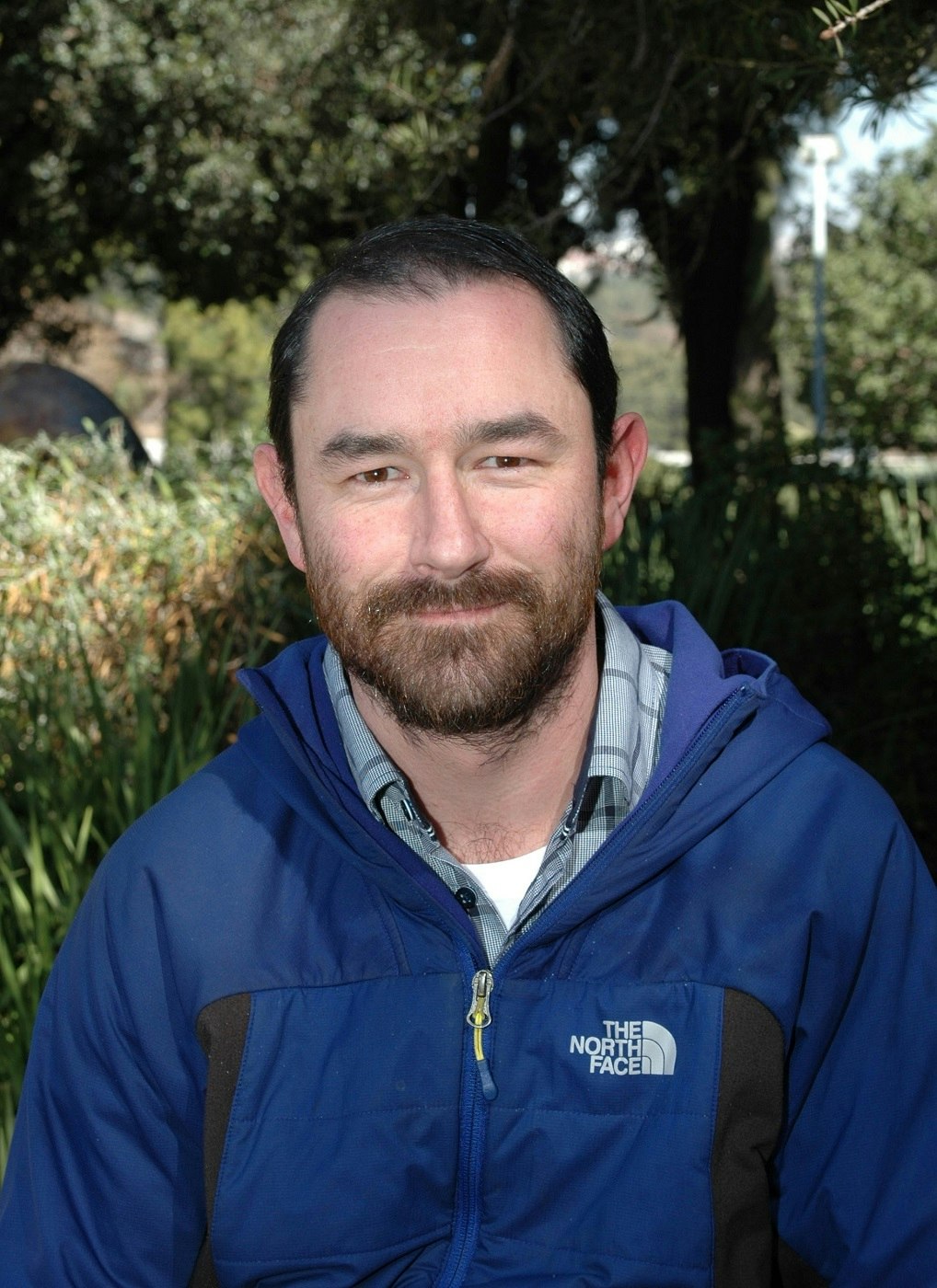Winner of the Whitley Award donated by the Garfield Weston Foundation
grassland stewardship
Crop production will need to double by 2050 to meet the world’s growing demand for food. However, to date agriculture has been a major threat to biodiversity, with 62% of threatened species affected by arable farming. Ian Little of the Endangered Wildlife Trust works with farmers to champion conservation of grassland habitat. He has already successfully secured 60,000 hectares of grassland for conservation purposes, which are written into property title deeds for up to 100 years; a figure Ian plans to increase with his Whitley Award.

life support
The Eastern Great Escarpment of South Africa provides catchment services for three of the country’s largest rivers, making it a vital source of freshwater for cities such as Durban and Johannesburg in one of the world’s most arid nations. These grasslands support a plethora of endemic plants and animals including golden moles and the charismatic sungazer lizard. Despite their importance, intensive livestock farming, coal mining and rapidly increasing gas exploration are inflicting untold damage – with fracking now an imminent threat.

connecting corridor
Ian has been working to understand and improve grassland management practices for over a decade, firstly to provide the science and latterly to develop pragmatic management recommendations with farmers. His vision is to establish a corridor of legally protected areas and restore grassland habitat along the escarpment, linking the uKahlamba Drakensberg World Heritage site with existing protected areas along the border between the Free State and KwaZulu-Natal provinces.

Ian’s project will:
- Work with landowners to safeguard at least a further 30,000 hectares of the Eastern Great Escarpment
- Train farmers in improved management practices including less intensive grazing and burning regimes to decrease pressure on grasslands and boost productivity
- Strengthen rural capacity for sustainable farming, working with over 50 families and tribal leaders
Why it matters:
- Demand for fresh water is expected to outstrip supply in South Africa by 2025
- South Africa is the planet’s 3rd most biodiverse country
- Less than 3% of grasslands in South Africa are protected, with over 60% already irreversibly transformed
“The most exciting moment so far was when our first landowner showed genuine interest in signing their property up for formal protection.”
PROJECT UPDATE
2019 CONTINUATION FUNDING
Custodians of South Africa’s threatened grassland biodiversity
South Africa
£70,000 over 2 years
South Africa is one of the world’s 10 most biodiverse nations. It is also one of the top 30 most arid countries in the world. Only 2.4% of grasslands in South Africa are formally protected, and over 60% have already been irreversibly transformed. The 200km Eastern escarpment where Ian’s project is focused is also part of South Africa’s Strategic Water Source Areas, producing freshwater to surrounding cities in this water-scarce country.
In the face of climate change and rapid expansion of mining and agriculture, preserving the last remaining escarpment habitat is critical for endemic and threatened species as well as surrounding human settlements. Building on his previous work, Continuation Funding will enable Ian to connect the uKhahlamba Drakensberg Park World Heritage Site with several existing protected areas further north, forming an intact corridor benefitting numerous species of birds, plants and reptiles. He will work with landowners and engage new neighbours to formally secure protected areas and improve management of grassland habitat to preserve ecosystem services, ensure sustainable livelihoods and increase climate resilience for the future.
PROJECT UPDATE
2023 Continuation Funding
Protection that pays: Safeguarding grasslands and calculating carbon around vital water sources
£100,000 over 2 years
2017 Whitley Award winner Ian Little works in a biodiversity rich a region of South Africa that is one of the most important water catchments for both Johannesburg and Durban. With the support of Whitley Award funding, he has secured formal protection for more than 75,000 hectares of the Strategic Water Source Area (SWSA), which also serves as vital grassland habitat for several endemic and threatened species.
Using a second Continuation Funding grant (the first was awarded in 2019), he will finalise ongoing work to officially protect a further 40,000 hectares of priority SWSAs and identifying new potential protected areas with high biodiversity value and relatively intact ecosystem functioning. The success of Ian’s work depends upon long-term sustainability, and so it is vital that he works closely with local stakeholders, including landowners, communities, and the local conservation authorities, to identify these environments which are most suitable for protection.
Continuation Funding will enable Ian and his team at Endangered Wildlife Trust to facilitate discussions with these stakeholders to develop site-level management plans; pinpointing areas for targeted restoration work and sourcing further funding and investments to support their long-term success. Protected areas are specifically designed to enable ongoing agricultural practices while protecting other intact areas from future transformation or degradation. This kind of protection also provides some security against mining and prospecting; a severe threat for many of these landowners.
The introduction of Carbon Tax Act in South Africa has also created a market for those who can sequester carbon on their land – enabling carbon credits to supplement income streams. Ian and his team are offering landowners and communities services to calculate and assess carbon stocks, which offers another revenue stream for improving and incentivising conservation of their land.



